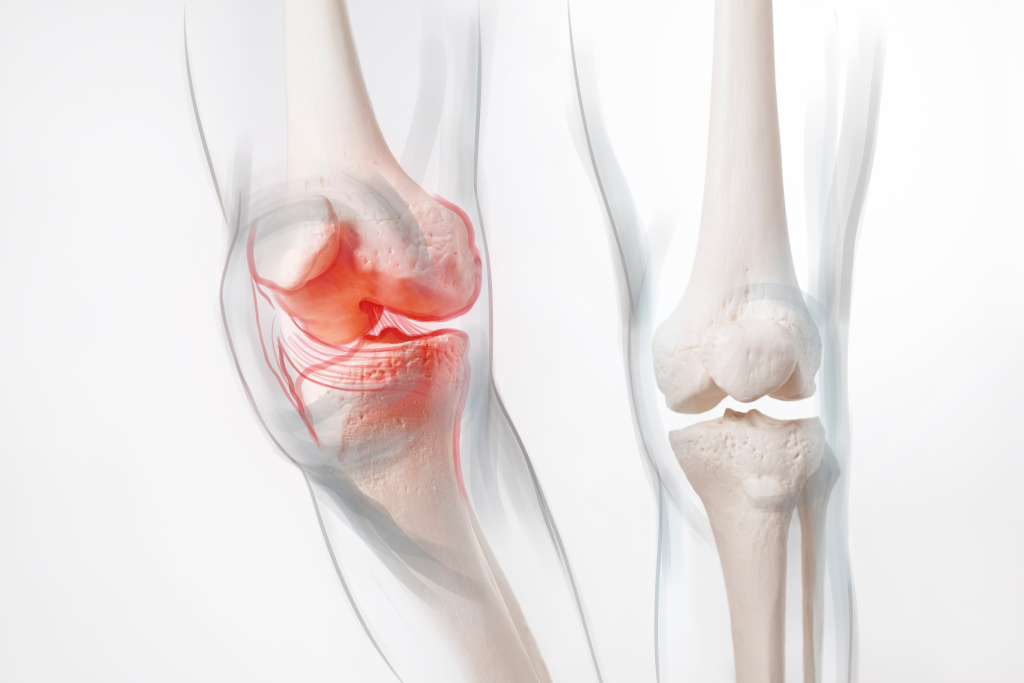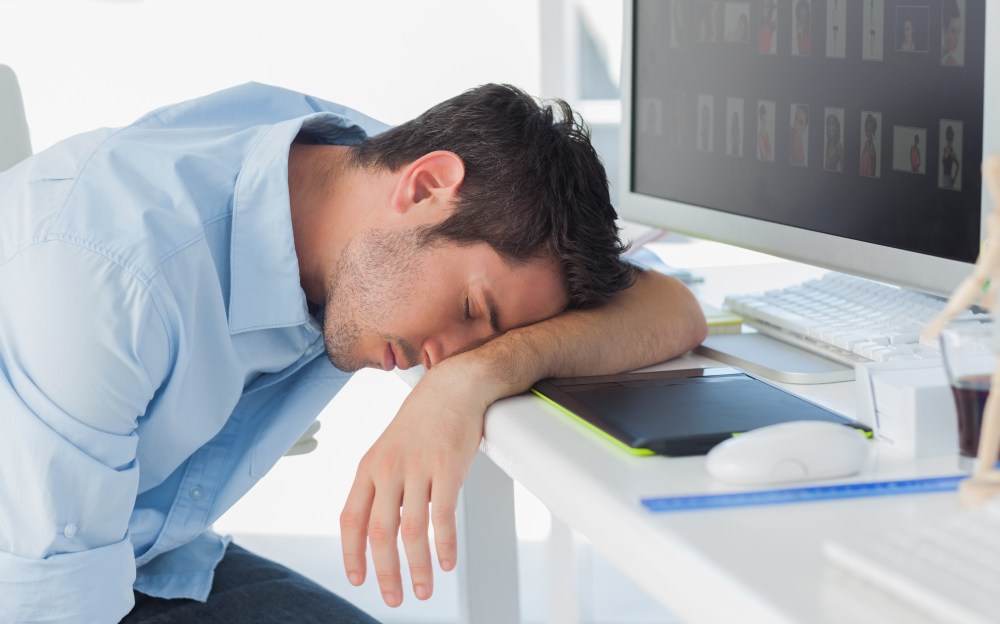At a glance
Vitamin C is an essential water-soluble nutrient that supports immune function, collagen production, bone health, and cardiovascular wellness. Because the body cannot produce or store vitamin C in significant amounts, it must be obtained through the diet. Foods such as citrus fruits, bell peppers, berries, and leafy green vegetables are among the best sources of vitamin C.
Vitamin C is one of the three primary antioxidant nutrients, along with vitamins A and E.
This essential water-soluble vitamin is abundant in many fruits and vegetables and is linked to improved cardiovascular outcomes, strong immune defenses, and more effective wound healing.
Discover the essentials of vitamin C, from its functions and deficiency signs to its richest natural sources, and learn how to maintain optimal vitamin C levels.
What is vitamin C?
Ascorbic acid, widely known as vitamin C, is an essential water-soluble vitamin. This means it must be obtained from dietary sources, as the body cannot produce or store it in significant amounts.
Vitamin C is a critical nutrient needed to support several biological functions, including immune system functions and tissue repair, which explains why meeting the recommended dietary intake is vital.
Watch the video below to explore the importance of vitamin C for immune functions.
Vitamin C functions
Vitamin C is a potent antioxidant vitamin that strengthens the immune system, protects against disease, and helps defend cells from damage.
Antioxidants are compounds that help neutralize free radicals. These harmful metabolic by-products can cause inflammation and oxidative stress and are linked to the development of chronic diseases, such as cancer and cardiometabolic conditions.
Additionally, Vitamin C plays a vital role in antioxidant regeneration. During this process, vitamin C donates an electron to oxidized antioxidants, converting them back into their active form.
This process prevents oxidized antioxidants from becoming free radicals themselves, allowing them to continue protecting against oxidative stress.
Vitamin C is also essential for regulating regenerative pathways, including wound healing and tissue repair, helping restore the optimal function of cells, organs, and connective tissues.
It also boosts immune cell function and enhances the absorption of plant-based nonheme iron, which is less bioavailable than heme iron in animal products. This helps prevent iron deficiency and supports oxygen transport throughout the body.

6 benefits of vitamin C
Vitamin C offers various benefits, including supporting healthy skin, promoting cardiometabolic function, strengthening immunity, and maintaining musculoskeletal integrity.
Here are six incredible health benefits of vitamin C.
1. Supports healthy, radiant skin
Vitamin C facilitates the biosynthesis of collagen. This structural protein strengthens the skin and connective tissues, enhancing the body’s ability to heal wounds, maintain a youthful appearance, and retain moisture in the skin.
Its antioxidant properties also provide protection against the sun’s ultraviolet radiation, which contributes to skin cell damage and premature signs of aging.
2. Strengthens immune defenses
Eating more vitamin C-rich foods can help promote optimal immune function by stimulating the production of leukocytes, a type of white blood cell critical for immunological processes.
White blood cells produce antibodies that neutralize pathogens and destroy infectious bacteria and viruses. They also signal the repair of damaged tissues and can identify and eliminate abnormal cells that may develop into cancer.

3. Enhances bone density
Higher dietary vitamin C intake has been linked to improved osteoblast and osteoclast formation, which are cells involved in bone maintenance. This explains why vitamin C supports bone health and may reduce the risk of osteoporosis.
However, research shows that combining nutrients critical for bone health, such as vitamins C and D, may be more effective than focusing on vitamin C alone.
A study published in Human Nutrition and Metabolism concluded, “Vitamin D with vitamin C appears to be a better strategy and will be more successful in promoting bone mineralization and suppression of bone loss.”1
4. Promotes vision
Free radical damage is a primary contributor to vision problems, including cataracts and age-related macular degeneration, which is the leading cause of blindness.
By boosting antioxidant activity, vitamin C can help reduce oxidative stress in the lens of the eyes and delay the onset of ocular disorders in those who are aging or diagnosed with conditions such as diabetic retinopathy.

5. May reduce cardiovascular disease risk
Rigid and hardened arteries are a prominent factor in the development of cardiovascular disease.
Vitamin C may improve circulatory health and reduce the risk of adverse outcomes by improving the elasticity of blood vessels. This supports better blood pressure control and lessens the strain on the heart.
A study published in the American Heart Journal investigated the relationship between vitamin C status and heart failure and found that the risk of heart failure decreases as plasma vitamin C concentrations increase.2
6. Supports dental health
Vitamin C deficiency is historically associated with scurvy, a serious condition characterized by tooth decay, bleeding, spongy gums, anemia, and skin discoloration.
Gingival bleeding, periodontal disease, and oral inflammation are some of the first signs of insufficient vitamin C levels, which explains why optimal intake can promote dental health.
A study published in Frontiers in Nutrition found that higher vitamin C blood levels are associated with less severe periodontal diseases and overall better gum health.3
How vitamin C helped save Marjorie’s teeth
Marjorie struggled with shifting teeth and bleeding gums. After a periodontist visit revealed the high price of saving her teeth, Marjorie began searching for a cost-effective solution. Dr. Berg’s video on the importance of vitamin C for dental health was the turning point.
Marjorie shares:
“I started eating sauerkraut, red bell peppers, and drinking lemon water. The inflammation went down, and the bleeding has ceased.”
The changes she experienced in her dental health inspired Marjorie to share Dr. Berg’s valuable resources with friends and colleagues.
Results may vary based on individual factors such as starting points, goals, and personal effort. A holistic approach, including proper nutrition and lifestyle changes, is essential for achieving and maintaining health improvements. Individual outcomes aren’t guaranteed.

Signs of vitamin C deficiency
Although severe vitamin C deficiency is rare in the United States, certain risk factors may leave individuals more susceptible to inadequate vitamin C status.
These include an ultra-processed diet, lack of fruits and vegetables, smoking, excessive alcohol consumption, and eating disorders.
Common signs of deficiency include:
- Poor wound healing
- Bleeding gums
- Skin bruising
- Bone weakness or malformation
- Frequent infections
- Weakness or fatigue
- Dry, rashy skin
- Brittle hair
- Nosebleeds
Low vitamin C levels can also lead to iron deficiency anemia by impairing iron absorption in the gastrointestinal tract and increasing the risk of iron loss due to bleeding.

How much vitamin C do you need?
The recommended dietary allowance (RDA) for vitamin C depends on factors such as age, sex, lifestyle factors, and health status.
The National Institutes of Health (NIH) has set vitamin C dietary reference intakes as follows:4
- Newborns up to 6 months – 40 milligrams (mg)
- Infants aged 7 to 12 months – 50 mg
- 1 to 3 years – 15 mg
- 4 to 8 years – 25 mg
- 9 to 13 years – 45 mg
- 14 to 18 years (boys) – 75 mg
- 14 to 18 years (girls) – 65 mg
- Men – 90 mg
- Women – 75 mg
Pregnant women require between 80 and 85 mg of vitamin C daily and 115 to 120 mg while breastfeeding.
Additionally, smokers are at a higher risk of deficiency, requiring an extra 35 mg of vitamin C per day to meet their increased needs.

Best natural sources of vitamin C
“Natural vitamin C occurs in a complex that includes ascorbic acid and critical co-factors,” explains Dr. Berg. “Obtaining vitamin C from whole food sources ensures your body receives the complete, natural form it can recognize and utilize.”
One of the best dietary sources of vitamin C is the Kakadu plum, containing nearly 440 mg of vitamin C per fruit.
Other foods high in vitamin C include:
- Lemons: 45 mg per fruit
- Limes: 20 mg per fruit
- Chili peppers: 65 mg per pepper
- Yellow bell pepper: 342 mg per large pepper
- Mustard spinach: 195 mg per cup
- Broccoli: 102 mg per cup
- Brussels sprouts: 98 mg per cup
- Kale: 93 mg per 100 grams
- Tomatoes: 17 mg per medium fruit
Berries, including black currants, strawberries, raspberries, and blackberries, are also excellent natural sources of vitamin C.
However, it’s important to note that vitamin C is heat-sensitive and can degrade during cooking. To preserve vitamin C content and maximize its benefits, it’s best to consume vitamin C-rich foods raw or lightly steamed.
Key takeaways
- Vitamin C is vital for immune defense, antioxidant protection, collagen synthesis, bone density, and heart health.
- While severe vitamin C deficiency is rare, poor dietary habits, smoking, and excessive alcohol intake can quickly deplete this essential nutrient.
- Citrus fruits, Kakadu plum, bell peppers, chili peppers, berries, broccoli, kale, and mustard greens are among the top dietary sources of vitamin C.
- Vitamin C is heat-sensitive, and it’s best to consume vitamin C-rich foods raw or lightly steamed to preserve nutritional value and maximize health benefits.
FAQ
1. What is vitamin C good for?
Vitamin C is a potent antioxidant vital to maintaining healthy skin, bolstering immune functions and bone density, and promoting dental health. Vitamin C also supports vision and heart function and may reduce the risk of ocular and cardiovascular conditions.
2. Which is better, vitamin D or vitamin C?
Vitamins C and D are essential nutrients to support strong immune defenses, the musculoskeletal system, wound healing, skin health, and other functions.
While each vitamin offers unique benefits, boosting both vitamin C and D intake together has been shown to be more effective for promoting bone health.
3. What are the symptoms of low vitamin C?
Common signs of vitamin C deficiency include slow wound healing, easy bruising, bleeding gums, bone weakness, iron-deficiency anemia, and weakened immune function. Additionally, symptoms such as fatigue, weakness, and dry skin may also indicate low vitamin C levels.
4. What causes low vitamin C?
Poor dietary habits, such as a high intake of processed foods and a lack of fruits and vegetables, are the primary causes of low vitamin C levels.
Additionally, factors like smoking, excessive alcohol consumption, and eating disorders can also lead to insufficient vitamin C.
5. What are the best natural sources of vitamin C?
The Kakadu plum is the richest natural source of vitamin C, providing nearly 440 mg per fruit.
Other excellent vitamin C sources include citrus fruits, such as lemons and limes, as well as vegetables like chili peppers, bell peppers, mustard spinach, broccoli, Brussels sprouts, kale, tomatoes, and various berries.
Sources
- https://www.sciencedirect.com/science/article/pii/S2666149723000385 ?
- https://www.sciencedirect.com/science/article/abs/pii/S0002870311003516 ?
- https://pmc.ncbi.nlm.nih.gov/articles/PMC8784414/ ?
- https://ods.od.nih.gov/factsheets/VitaminC-Consumer/ ?


















